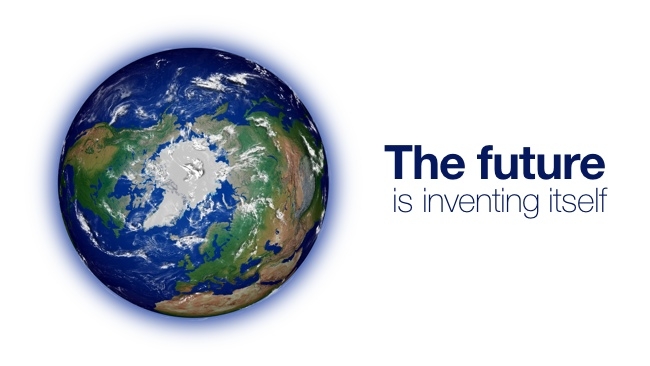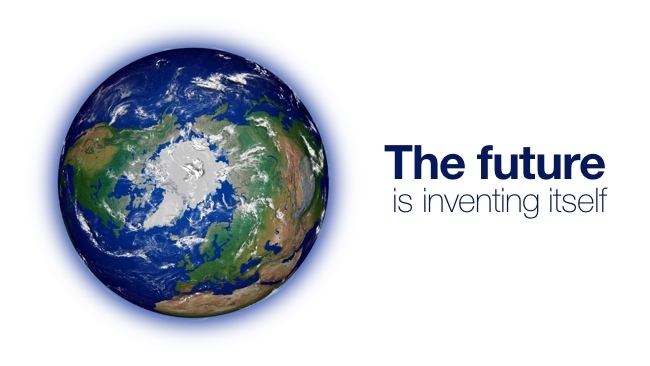
 The future is inventing itself
The future is inventing itself
Technology is moving so fast that unexpected things will happen
There are some people that don’t think technology is getting more powerful exponentially. And they’re probably right, but only in the short term. Discoveries and inventions - and the way we adopt and use them - don’t happen in over regular time intervals. They are irregular, and it’s only when you draw a very generalised curve that you notice it’s getting steeper all the time.
Some of the concepts and products that are showing exponential growth have been at least talked about for some time: wearable technology, the Internet of Things. It’s hard to notice an upward curve when it’s very shallow. The guru of exponential technology, Raymond Kurzweil, has shown that this curve goes back a long time: hundreds of years, in fact. But back then, it looked like a straight line.
And it also depends how often you sample the curve (sorry if this sounds very technical but stay with me). If you observe it too often - every day, for example - then you just won’t notice it, and, because of natural variability, it might even go backwards occasionally.
One way we sample progress is trade shows. They happen at regular intervals, and are a perfectly valid way for us to evaluate progress in a particular field.
The entire landscape has been transformed
Sometimes you see very rapid progress from year to year. We’ve just seen this with large-sensor cameras and 4K televisions. From one year to the next, the entire landscape has been transformed.
But in other fields, progress is much slower and you don’t notice much, if any, progress.
Wearables and the Internet of Things (IOT) have been like this. They’ve been talked about for ages, but from year to year, there hasn’t been a massive amount of progress, even though surrounding technologies might have rocketed ahead.
I just noticed this article where the auther has noticed a big upturn in IOT and wearables since last year. This is probably true: Apple’s announced its Apple Watch, and there were significantly more internet-connected devices being shown at CES 2015 than last year. This could be a sign that the curve is on a definite upward turn.
And we should expect it to be even steeper, because wearables and IOT devices exist to be connected. It’s the connection that’s the most significant thing here. Of course, these devices will have all sorts of capabilities - measuring temperature, pressure, sound, and vibration - or any other of a myriad things that we allow them to do. But the point is that they will all talk to each other, and once they do that, progress will be even faster; much faster.
A common language
It may take some time for these devices to adopt a common “language” (there already is one, Internet Protocol - but something more sophisticated, higher level, and to some extent semantic - capable of expressing meaning - is needed) but this will happen. What will also happen is that they will get even smaller. Eventually, they will be so small that they’re invisible. And as they shrink, there will be even more of them.
These connected devices will talk to each other in a “mesh”: a peer-to-peer network that does not need specific configuration. It will “just happen” without any external intervention. One fascinating property of mesh networks is that the more nodes (ie devices participating in the network) you have, the greater the overall bandwidth.
So, imagine that your home is full of tiny internet-connected devices - smaller than a grain of sand. Each one is in touch with every other one, either directly or via other devices. What it means is that you will have almost infinite bandwidth. You’ll be able to send 4K or 8K video through the electronic fabric that will be an intrinsic part of your walls and even your furniture.
We may find that one particular class of these tiny devices can emit light - like a small LED. If there are enough of them, they’ll be able to show images.
So that is one direction where this might be leading. Any or every part of your house and possessions can become a video screen. It will be self-organising. There won’t be any wires, nor any formal edge or definition to the screens.
And, because of exponential progress, this could all happen sooner than we think.
Tags: Technology



Comments